One of the most stunning (and popular) places to visit in New Zealand, Fiordland National Park is best known for its dramatic fiords, but also features dense forests, alpine lakes, and is home to three of New Zealand’s 10 Great Walks.
Built for hiking (but also possible to explore on a kayak to get some unique views), this National Park covers 1.2 million hectares of challenging, but immensely rewarding wilderness that you just have to explore during your New Zealand adventure.
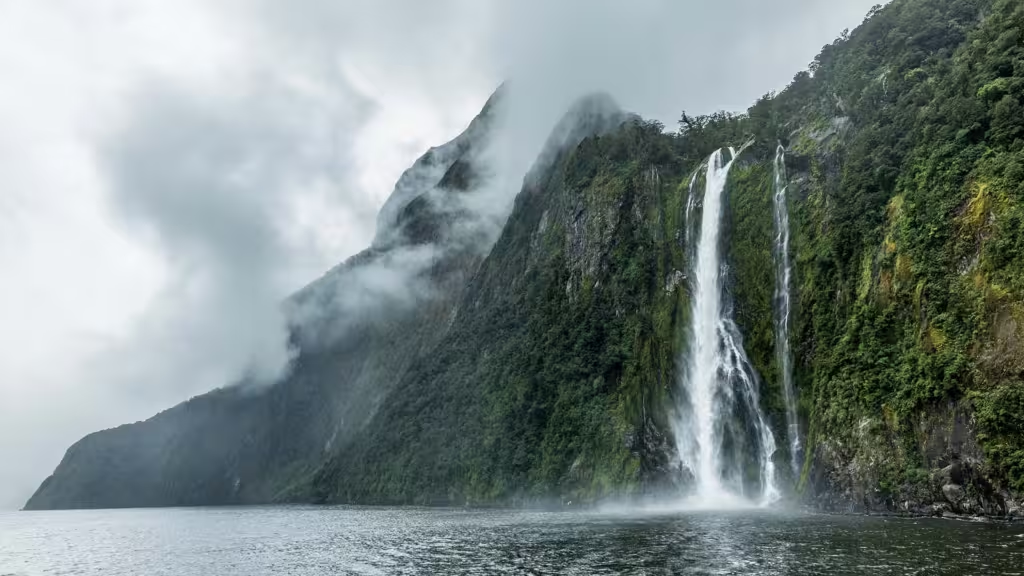
What’s so special about Fiordland National Park?
It’s in the name – the fiords of the national park are some of the biggest and most beautiful you’ll find anywhere in the world. The most famous fiords (or ‘sounds’) are:
- Milford Sound
- Doubtful Sound
- Dusky Sound
Each of these fiords has its own unique features that can be explored differently from air, land, or by water. Kayaking is a popular way to experience Fiordland, but some of the best experiences can be found by hiking (or ‘tramping’).
It’s one of the few places in the world where you can see such stunning fiords, carved into the landscape over hundreds of thousands of years from glaciers. Tall waterfalls cascade down into the pristine water that weaves its way between the steep faces of mountains, covered in dense native forest. It’s so special that it’s been attributed the status of a UNESCO World Heritage Site!
It’s not just about the landscape of the fiords though, there’s plenty more to see and do throughout the park. Read on to find out what there is to do while you’re here.
Getting to Fiordland National Park
Fiordland National Park is located right at the south-west of the South Island, and while its location is remote, access is fairly easy by road.
Consider the town Te Anau as your main base at Fiordland National Park for your basic services, as it’s close to the likes of Milford and Doubtful Sound, and has great connections to roads and Great Walks.
The nearest large settlement is Queenstown, which takes about two hours to reach Te Anau by road (it’s a stunning drive though, so you won’t be bored!). If you’re travelling from the south, make sure you take the Southern Scenic Route for a stunning drive to the park.
The best way to get here is by car, but buses and shuttles are also available from Queenstown, Dunedin and Christchurch, as well as private coach and cruise tours. If you’re flying in, you’ll want to be heading to Queenstown and then either renting a car or getting a bus to Te Anau or Manapouri.
Te Anau is considered the gateway to the Fiordland National Park, and you can even drive into the park straight to Milford Sound along State Highway 94 (Milford Sound Highway). If you’re looking to take on a walk, you can use Te Anau as a way to access the Kepler Walk easily, or take a water taxi from near here for the Milford Track.
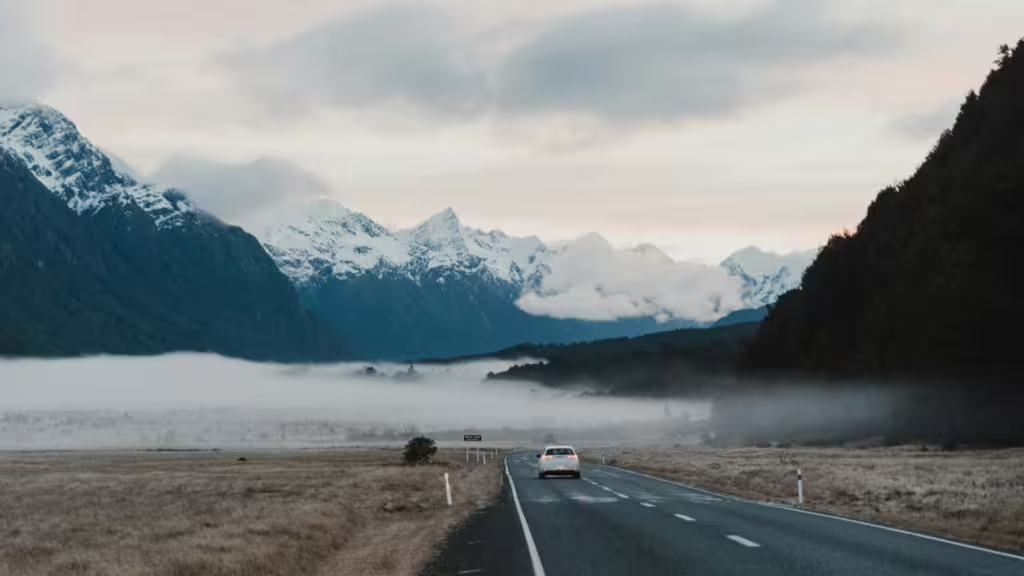
What’s there to do in Fiordland National Park?
Explore the natural beauty of the fiords by land, air, or water
There’s no better pastime in the Fiordland National Park than to witness its namesake – the stunningly beautiful fiords. Milford Sound, Doubtful Sound, and Dusky Sound are some of the most popular, but the region has 14 in total. With towering peaks, cascading waterfalls, and crystal-clear water cutting between it all, this is a must.
You can explore the Fiords by air (in a helicpoter or private flight), which is the best way to get a sense these formations and their sheer size. However, walking, boat tours, and kayaking are also great options for the adventurer or those on a smaller budget.
In fact, we recommend grabbing a kayak and taking to the water if you’re here for a few days, it’s a fun way to explore at your own pace. You also feel pretty small when looking up from a fiord’s water to the peaks above.
Cruises, including overnight boat cruises
Here for only a day or so, or want a fun comfortable experience during your visit? Taking a cruise is a great way to witness the fiords and the beauty of the national park from the water. You’ll see a lot in a short amount of time, get a guide to talk you through the history and nature of where you are, and still get a great view of the dramatic landscapes that define this region.
If you’re looking to stay overnight, some tour operators offer overnight cruises on the waters around Milford Sound. It’s amazing to wake up on the water, and usually these cruises offer a few activities too during your stay. These range from more private luxury experiences to adventurous, rough-and-ready single night stays. Whichever you pick, the views you wake up to are still of the same mesmerising landscape.

Walk one of the three great walks
Fiordland National Park is home to three of New Zealand’s 10 Great Walks, including perhaps some of the country’s most famous – the Kepler and the Milford Tracks.
Our favourite, the Kepler Track, is pretty new – having been purpose-built in 1988 to give visitors to Fiordland some of the best views of the national park. It’s an alpine trek and shows off pretty much every aspect of the park’s natural beauty, from stunning panoramas looking down on glacial lakes, to mountains, dense forests, waterfalls, rivers, and more. It’s definitely one that’s worth it, but will need some planning, as while the path itself is pretty straightforward, the weather can make it treacherous to those who haven’t planned properly.
Be sure to only take on the three Great Walks in Fiordland National Park during the summer months, and be prepared for adverse weather in all seasons. It’s pretty cold year-round here, and at high altitude, temperatures can plummet – even in the hottest months. Heads up too – it rains here – a lot. While we feel the rain adds to the beauty of the place, it’s worth bearing this in mind too when planning your trip. Don’t let this stop you though – the Great Walks, whether the looping Kepler Track near Te Anau, the Milford Track near Milford Sound, or the remote Routeburn Track are all absolutely worth it to experience different parts of the park and have an adventure while doing so.
You can arrange a one-way car transfer to the other end of the Routeburn Track (as it’s one-way) if you’re driving there, or you can arrange a transfer with one of the many operators in the area.
Milford Track can be accessed by Water Taxi from Te Anau Downs, about 30 minutes from Te Anau. You can get a bus here, then a water taxi will take you the hour-or-so to the head of Lake Te Anau where you begin your walk. It finishes near Milford Sound, where you can get a bus or private transport back to Te Anau.
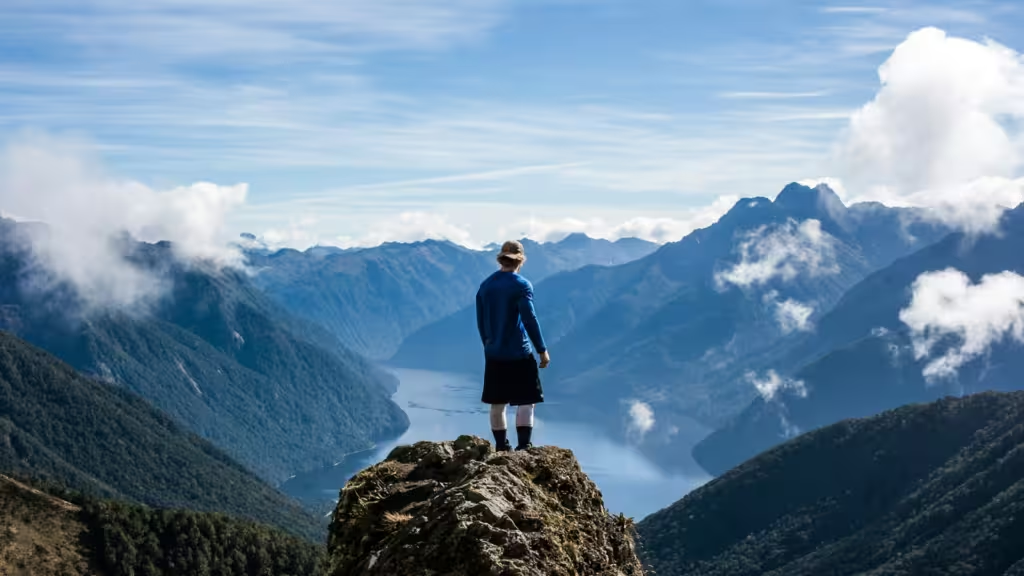
Cruise Lake Te Anau
There are operators who run cruises around Lake Te Anau, a stunning lake the that travels deep into Fiordland National Park, and happens to be the second-largest in New Zealand, and the largest on the south island. While you can get water taxis here that transport you towards some of the most famous sights and walks, another great way to experience the natural beauty of the national park is to enjoy a leisurely cruise around this breathtakingly beautiful body of water. We loved the Discovery Cruise run by this company (https://cruiseteanau.co.nz/discovery-cruise/) as it takes you deep into the park, while also offering the opportunity to get out and explore on foot some of the ‘Hidden Lakes’ during the experience.
There’s loads you can do while you’re in Fiordland National park, regardless of how long you’re staying for. Be sure to explore all of the possibilities when you’re planning your trip, and don’t underestimate how long it’ll take to see and do everything. We recommend at least a few days, but if you’re doing a Great Walk then you need to account for that too – these can involve a good few days of tramping (hiking).
Can you stay in Fiordland National Park?
Yes! There are a few accommodation options in Fiordland National Park, from huts and campsites along the great walks, to overnight cruises on the waters that cut between breathtaking fiords.
Hostels in Te Anau – best for short and cheap stays
For most day-trippers, your best bet is in Te Anau for cheaper accommodation in hostels and hotels that still provides great access to many of the activities within the park. Te Anau is also great for stocking up on supplies, and is considered the ‘basecamp’ of the park.
Great Walks Campsites and Huts – best for hikers
If you’ve booked in for a Great Walk, like the Kepler Track, you will have the option to book accommodation in the various huts and campsites along the trail. These are great as they’re placed tactically at the end of each day out walking. Make sure you book well in advance and bring bedding and supplies with you – huts are pretty basic. You’ll also need a tent if you’re using a campsite, it gets cold at night and rains a lot here, even in the summer.
Overnight Cruise – for the must unique experience
Looking for a unique way to spend the night during your time at Fiordland National Park? An overnight cruise might be just what you’re looking for. With options around Doubtful Sound and Milford Sound being the most popular, you can wake up on the waters of these fascinating fiords. Experiences range from luxury to more adventure-focused, so you can find what suits your needs. It’s not cheap, but if budget allows, we seriously recommend you give it a go. Don’t worry too much about the differences in luxury – you still wake up to the same great views. You can find the various cruise operators here: https://www.realnz.com/en/experiences/overnight-cruises/
Lodges and Campsites around the Park
Across the park, there are various campsites and lodges for you to choose from. These range from luxury lodges like Cabot Lodge near Manapouri, to campsites deep in the park, like Kiosk Creek. There area also options near to Milford Sound, like Milford Sound Lodge.
You can explore plenty more of the options here to find something suitable for you.
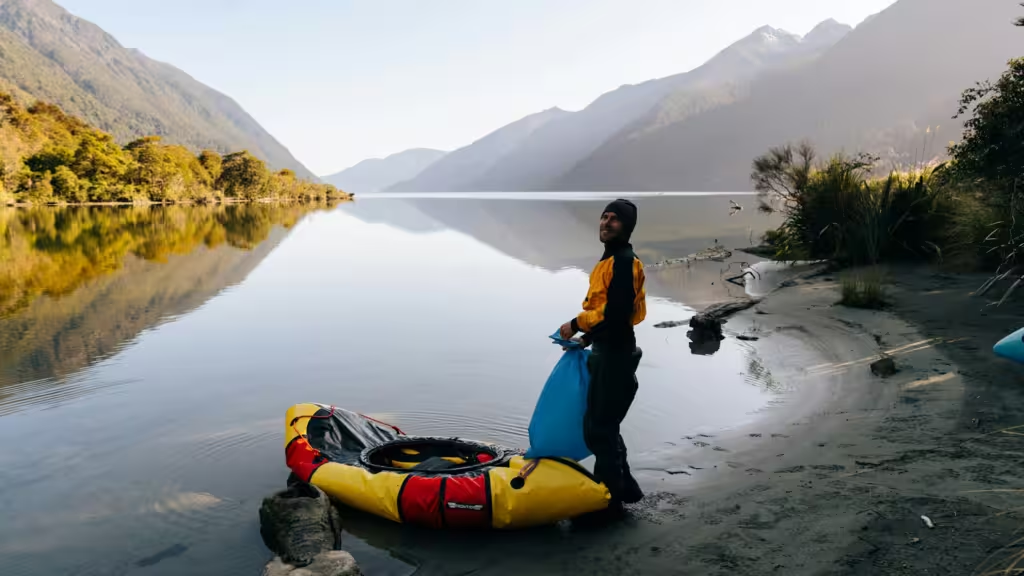
When is the best time to visit Fiordland National Park?
The best time to visit Fiordland National Park is in the summer months (October – April). As the park’s pretty far south it isn’t particularly warm at any time of year, but in the summer you’ll find the best conditions for hiking the Great Walks and exploring. This season’s also when the Great Walks have all the facilities open, with more limited offerings in the winter months.
The Great Walks should only be attempted in the winter if you’re experienced in climbing and hiking, and be sure to bring cold-weather gear if you are.
In the summer, you’ll be able to take part in all the activities which make the park such an amazing place to visit, so we’d advise going then, especially if it’s your first time.
That said, if you visit in the winter you can still enjoy the breathtaking scenery, and as it’s quieter you’ll have more time to yourself.
Can you do a day trip to the park?
Fiordland National Park is a few hours from major settlements, so we recommend you stay at least one night to get the most out of it, but if you’re passing through you can absolutely jump on a half day water cruise or drive into the park to experience the views.
We’d recommend booking a night at a hostel or other accommodation in Te Anau though – it’s worth it to allow time to explore the likes of Milford Sound and more.
The Great Walks also each require a few days, so if you’re booked in to do one of those then be ready to spend a few days hiking over many kilometres.
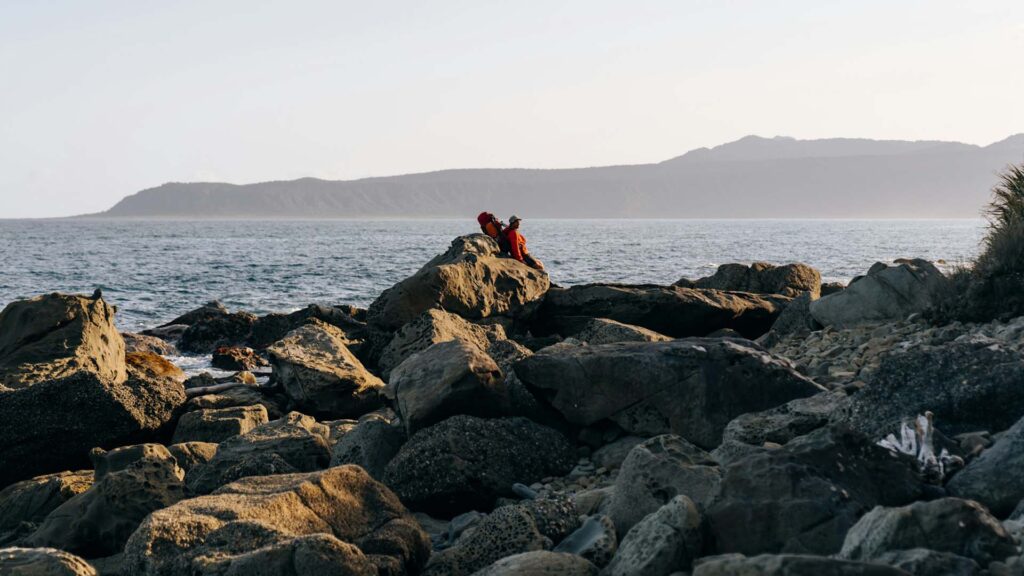
Practical tips for visiting Fiordland National Park
Plan for unpredictable weather
- Weather is unpredictable in Fiordland National Park, and rain is common pretty much the whole year. Be sure to bring along waterproofs and plenty of layers.
Book in early
- If you’re looking to stay here, make sure you book your accommodation well in advance
- The Great Walks also require booking in early to guarantee accommodation – which can be done here.
Prepare for limited phone signal
- Fiordland National Park is absolutely in the wilderness – you need to be prepared to not have any phone signal during your time here. Make sure you let someone know where you are before heading deep into the park.
Watch out for sandflies
- The park is well-known for its sandflies, especially in the summer months. Bring along plenty of insect repellent and wear long sleeves near costal areas to reduce bites. They’re not dangerous, but uncomfortable.
Drive cautiously
- The roads in Fiordland National Park, like State Highway 94 (Milford Highway) can be tight, twisting, and have some pretty steep inclines. When it’s icy or snowy, common in winter months, exercise extra caution and listen to local advice. If you’re told the roads are blocked or inaccessible, don’t attempt your journey.
Plan out your activities
- Don’t expect to be able to do everything in a few short days. The National Park is huge Plan out what you want to see and do well in advance, and don’t underestimate how long it can take to get from point-to-point.

